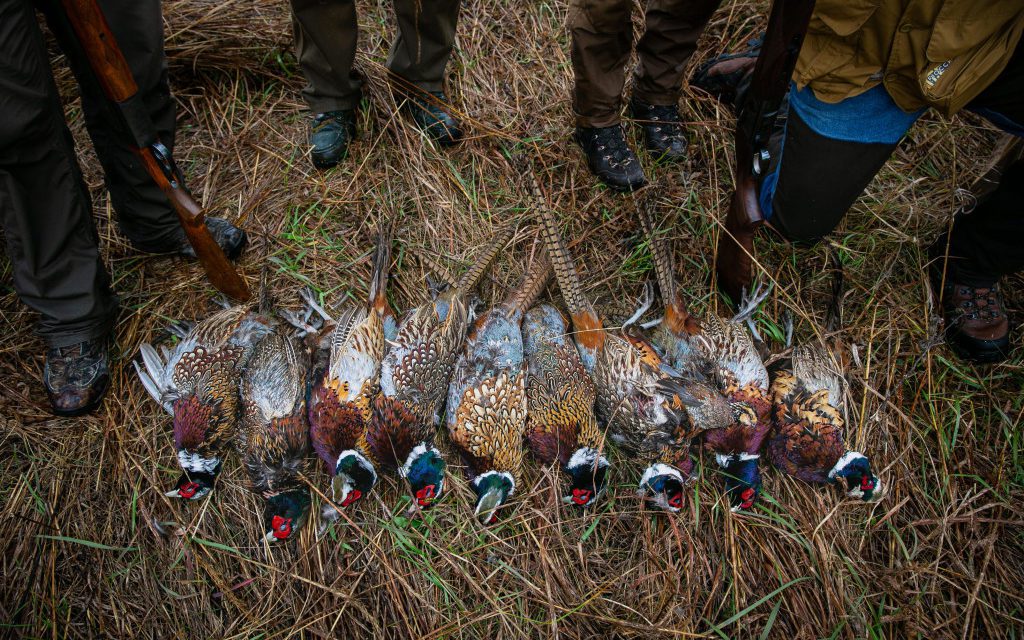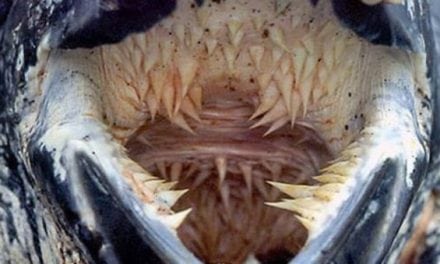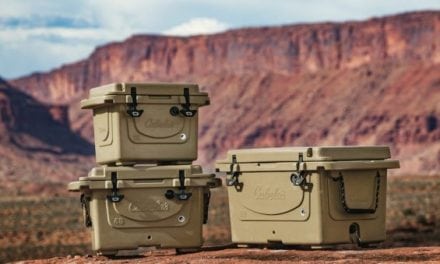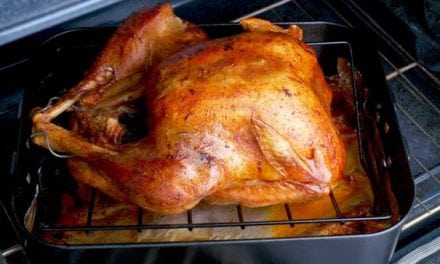Targeted conservation for ring-necked pheasants in agriculturally dominated landscapes
Enlarge
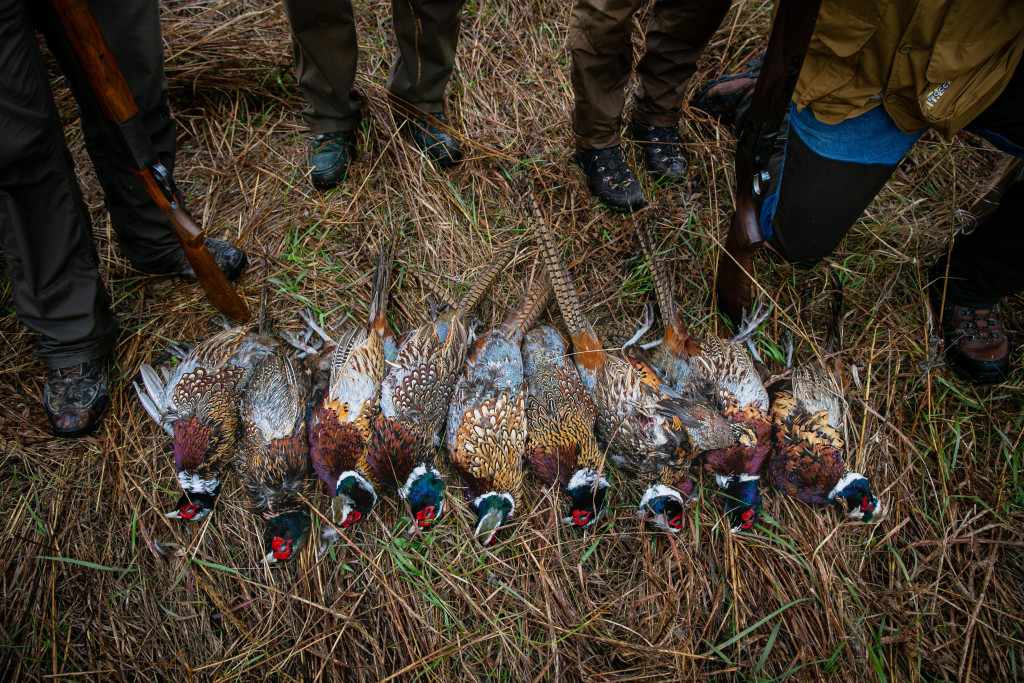
By John Laux, NGPC Upland Game and Access Program Manager
Similar to many surrounding states, Nebraska’s ring-necked pheasant populations have experienced long-term declines – a trend driven largely by continued habitat loss. Over time, changes in agricultural land-use (i.e. grassland conversion to cropland, “cleaner” farming techniques, less diverse crop rotations, etc.) have drastically reduced the amount of suitable pheasant habitat on much of Nebraska’s landscape. In recent decades, pheasants have responded positively to the establishment of grassland habitat through the Conservation Reserve Program (CRP). Authorized under the USDA Farm Bill, CRP is a voluntary program that provides financial incentives to private landowners to restore grassland habitat on their less productive cropland acres.
In areas dominated by row crop production, such as eastern Nebraska, CRP fields often represent the only form of suitable nesting cover remaining. In Nebraska, the availability of undisturbed CRP acres has declined by over 50 percent since the mid-1990s when enrollment peaked at nearly 1.4 million acres. The loss of CRP acres and other grasslands coupled with the continued intensification of agricultural land-use poses many challenges to land managers and landowners alike who are working to restore populations and improve pheasant hunting opportunities.
In the past, the delivery of CRP and other conservation programs was often scattered across the landscape, yet recent research has indicated that upland gamebirds benefit more when conservation efforts are more targeted (Yeiser et al.2018).
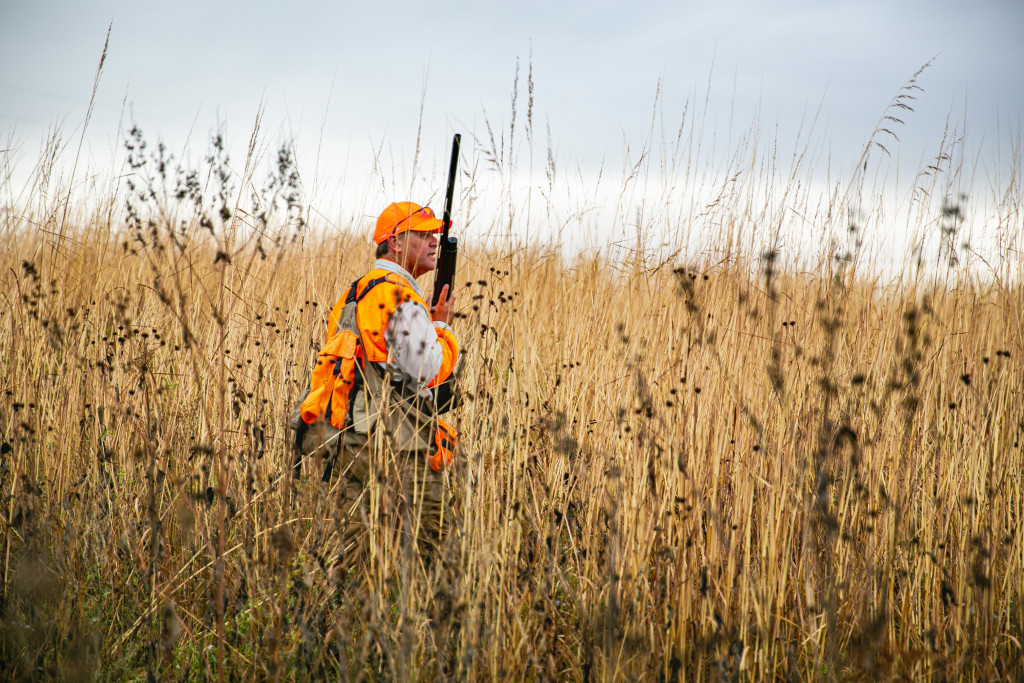
Research was initiated in eastern Nebraska to help determine the influence of suitable habitat density on pheasant abundance. At the conclusion of this research project, several decision-support tools will be developed to help prioritize future conservation delivery efforts, including CRP, to maximize benefits to local pheasant populations.
Research Questions:
• How much suitable habitat is necessary to support ring-necked pheasant populations in landscapes dominated by row crops?
• At what scale do pheasants respond to habitat restoration and management?
• What is the respective value of individual habitat patches to local pheasant populations?
• How can future conservation efforts be targeted to maximize benefits to pheasant populations?
To help answer these questions, NGPC partnered with the University of Nebraska-Lincoln (UNL) and the Rainwater Basin Joint Venture. Two graduate students hired at UNL will be coordinating research efforts over the next three years. Currently in its pilot year (2021), this project was funded by the Wildlife and Sportfish Restoration Program. ■
The post Targeted Conservation for Pheasants appeared first on Nebraskaland Magazine.

